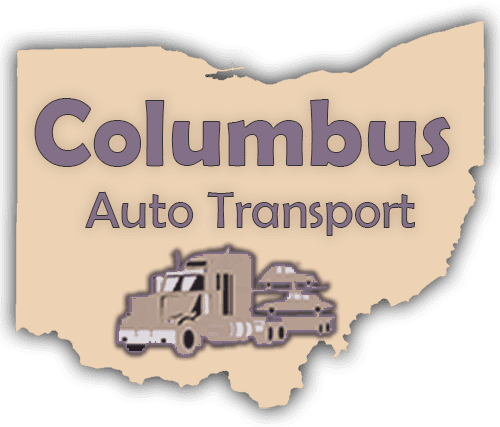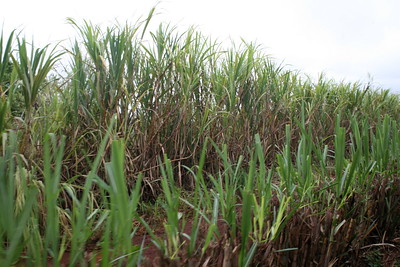Ethanol is a primary fuel source for most vehicles. With the implementation of alternative fuels to one of the largest global industries, many drivers are witnessing the birth of a green movement. However, this green movement isn’t so much a push as it is a pull. The inclusion of ethanol has been in American petroleum for a long time.
Ethanol As An Alternative Fuel Source
Ethanol was first introduced to gasoline distributors in places like Brazil. During the 90s to the early 2000s, Brazil was facing an energy emergency. Rising fuel prices meant that many in the country were forced to pay at the pump for their gas. Many had to either sell their cars or pickup second jobs simply to get their fuel.
This led to a horizontal move towards utilizing one of the country’s most abundant resources: Sugarcane. The process of extracting sugar from the plant often led to a massive discharge of byproduct. That byproduct was simply wasteful and thrown away. The energy that it took to burn the excess waste added to the cost of the industry. With many searching for an alternative, this was the best choice. Sugarcane produces ethanol. Ethanol provides a safe mixture with gasoline to help burn and lower the costs of fuel prices.
This has taken root in most developed countries. With many offering cheaper fuels for cars and trucks. With the use of such fuels, why hasn’t the “biofuel” industry moved into this direction?
Biofuels and Their Contribution To Alternative Energies
Ethanol is, in fact, a biofuel. Taking the raw excess waste of sugar production and turning it into fuel is the same thing many countries do with their large-scale harvest production. In cases like America, one of our largest agricultural industries is corn, wheat and many others that provide excess waste. The use of these oils is simply to lower the cost of both diesel and gas.
The country (as well as most others) heavily rely on the trucking industry to ship goods to stores everywhere. Semi-trucks have the unfortunate side of burning a lot of fuel to keep their trucks moving. With the use of diesel to power the majority of these trucks, many have used biodiesel in order to cut down on their carbon emissions. These methods have been crucial for the United States’ production of fuels.
In states like California, having a higher emissions standard has helped to push further research into alternative fuels. Having emissions standards that do not pass California restrictions means that many fleets cannot operate within the state. With California having one of the largest populations in the country, it was imperative that many fleets meet these standards in order to obtain a CADOT number.
Ethanol and Biofuels Across The US
With the US still lacking in environmental efforts, many have seen it as a time for renewal. With Tesla and their electric cars, many have decided to move away from the use of fossil fuels or to simply not have to pay at the pump anymore. Either way is a pretty decent option. With trucking, the issue comes from having to redesign entire fleets. This has proven troublesome. Especially when the industry is facing some of the worst hiring rates ever. For many, utilizing biofuels for their fleets shows workers that they are looking to move forward with environmental endeavors.
This also helps local farmers. In order to ship goods from places like Boston to Los Angeles, every trucker has to cross the country via one of the three main routes. This has given farmers the ability to take their access crop waste, and convert it into biofuels in order to assist truckers with heavy diesel costs. With the trucking industry one of the main gas-focused industries in the world, many are looking towards greener futures.






